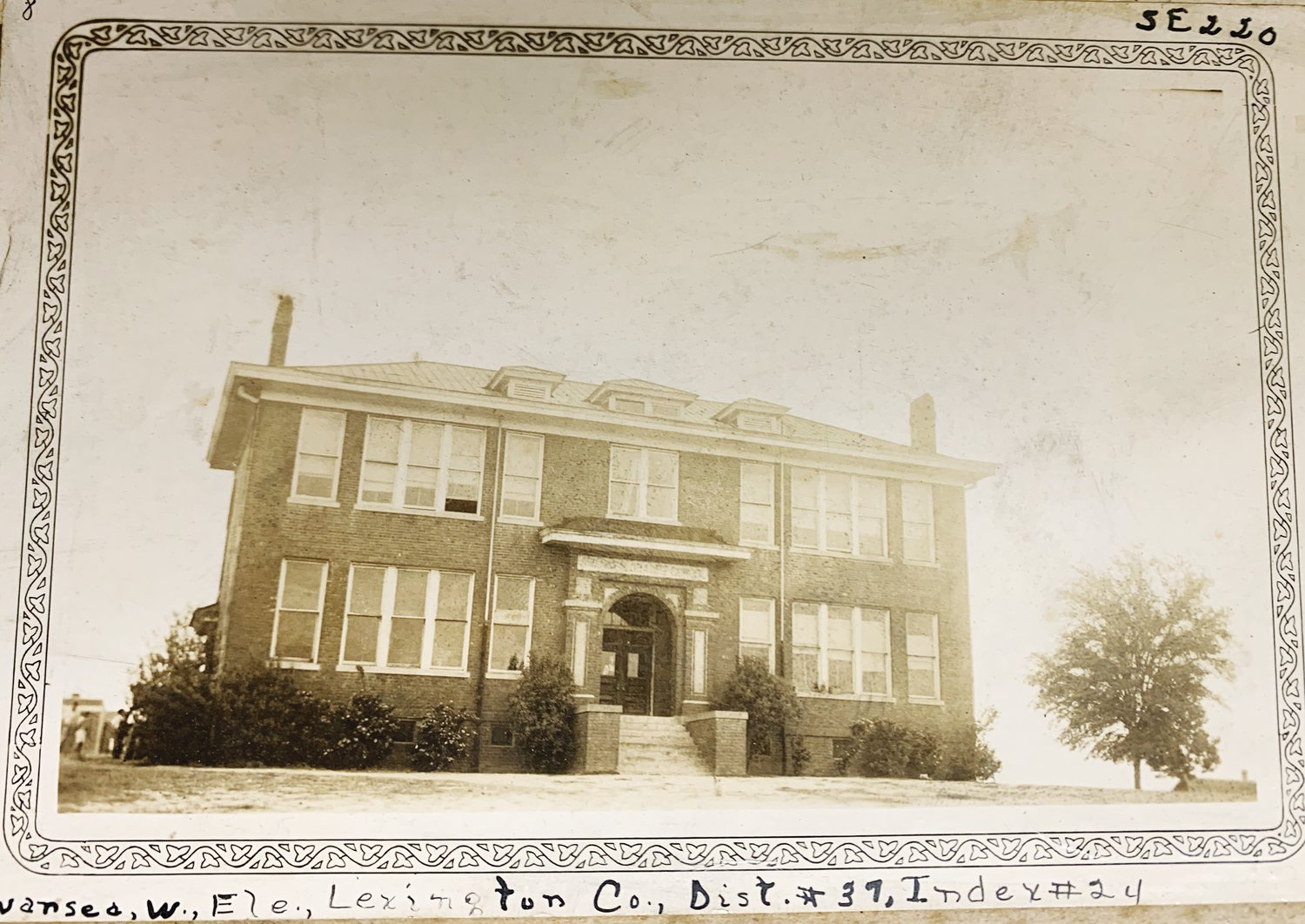The History of Swansea
Swansea was incorporated as a town in December 1892.
This item is available in full to subscribers.
Subscribe to continue reading. Already a subscriber? Sign in
Get 50% of all subscriptions for a limited time. Subscribe today.
Please log in to continueNeed an account?
|
The History of Swansea
Swansea and the surrounding area in Southeast Lexington County differS somewhat from the parts of Lexington County to the north and west.
Although those of German descent also lived in the area, many of the white inhabitants of Swansea traced their ancestry back to the British Isles. This was unlike the central and northern parts of the county, whose white inhabitants were overwhelmingly German. Because of this, the Baptist and Methodist faiths were more prominent in the area than in other parts of the county.
Agriculture was the primary industry in what would become Swansea in the 19th century. However, the numerous streams and the abundance of longleaf pine spurred many to start sawmills. Later, after the Civil War, the turpentine industry flourished, also due to the number of pines. Cotton became an important cash crop as well.
The area where Swansea is today was visited by Union troops during Sherman’s March in February 1865. Several residents who opposed secession later applied for reimbursement for losing foodstuffs and property to the Union army, including a free person of color, Timothy Gartman.
Although the end of the Civil War brought freedom to many enslaved individuals, it did not bring equality. The threat of violence flared up in the Swansea area in November 1876 as Black and white militias squared off. The Ku Klux Klan was active in the area into the 20th century.
The town of Swansea owes its development to the railroad. The Southbound Railroad (later the Seaboard Airline Railway) was constructed in 1891. This railway went from Columbia through eastern Lexington County.
Swansea and the surrounding area were famous for the quality of their water. In an era of steam engines, this water purity may have led to the establishment of train stations in the area.
Swansea was incorporated as a town in December 1892. Although the origin of the town’s name is somewhat mysterious, it most likely was named after the city in Wales. Legend has it that the town’s name came from the German word “zwanzig,” meaning twenty, since Swansea is around 20 miles away from Columbia, Lexington and Orangeburg.
The town grew and by the early twentieth century featured many homes and businesses. One of the largest businesses in the town was the W.B. Rast Sons Manufacturing Company located on Monmouth Avenue. This factory produced veneers, baskets, and crates. The company also ginned cotton and produced ice.
The second half of the 20th century saw the population of Swansea decline as businesses such as Rast Sons closed. Many of the beautiful historic houses from the late 19th and early 20th centuries still remain though.
J.R. Fennell has served as director of the Lexington County Museum since 2007. He holds a masters degree in public history and a certificate of museum management from the University of South Carolina.
Keywords
lexington county history, swansea founding, city profile, j.r. fennellOther items that may interest you







Comments
No comments on this item Please log in to comment by clicking here